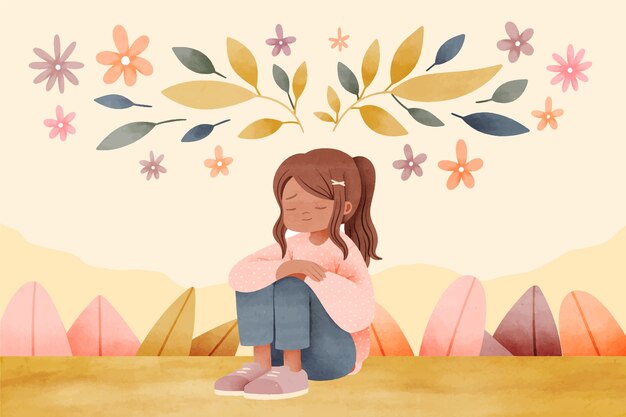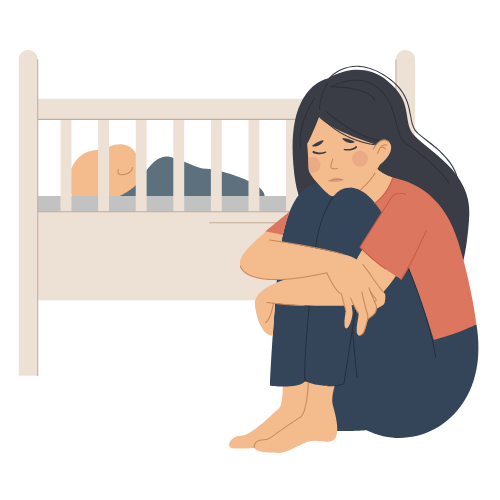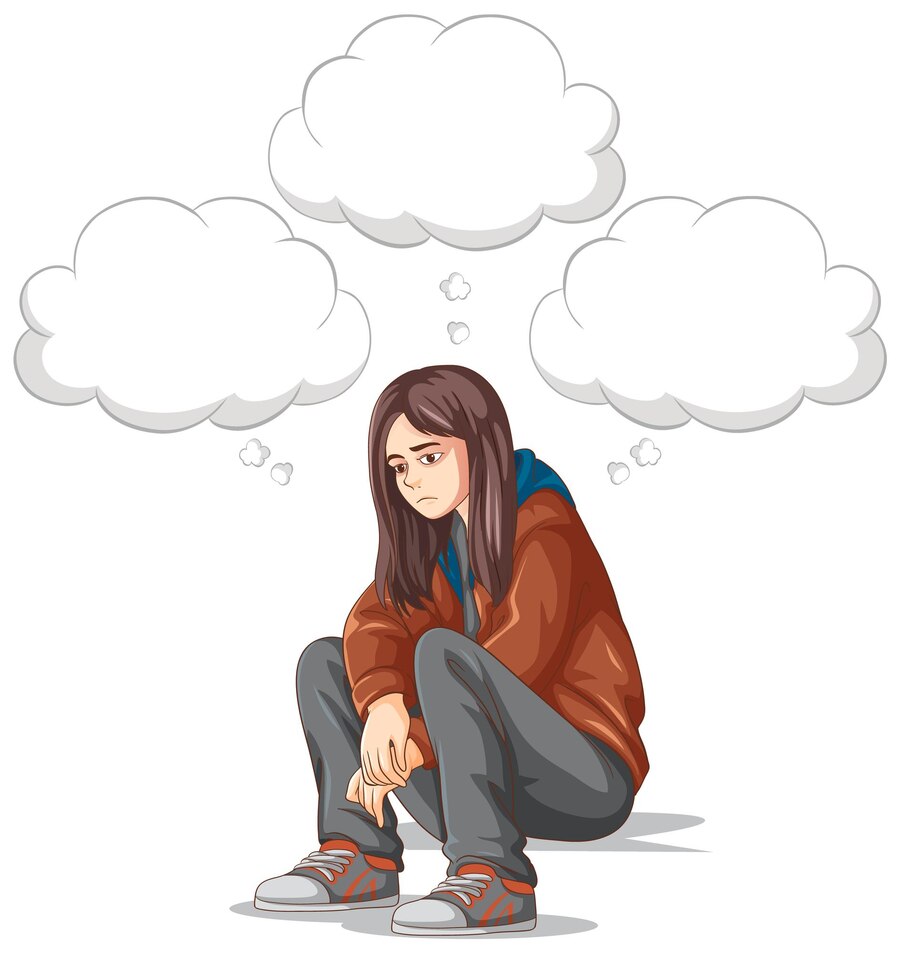Depression is a complex mental health condition that affects millions of people worldwide. While it is often referred to as a single disorder, there are actually various types of depression, each with its own unique symptoms, causes, and treatment approaches. In this blog post, we will explore the different types of depression, shedding light on the diverse manifestations of this mood disorder.
1: Major Depressive Disorder (MDD):
: Major depressive disorder, also known as clinical depression, is the most common type of depression characterized by persistent feelings of sadness, hopelessness, and loss of interest or pleasure in activities.
: Symptoms of MDD may include changes in appetite or weight, sleep disturbances, fatigue, difficulty concentrating, feelings of worthlessness or guilt, and thoughts of death or suicide.
: MDD is typically diagnosed when symptoms persist for at least two weeks and significantly impair daily functioning.
2: Persistent Depressive Disorder (PDD):
: Persistent depressive disorder, formerly known as dysthymia, is a chronic form of depression characterized by milder but long-lasting symptoms that persist for at least two years.
: Individuals with PDD may experience symptoms similar to MDD but at a lower intensity, including low self-esteem, poor concentration, and feelings of hopelessness.
: PDD can lead to significant impairment in social, occupational, and educational functioning if left untreated.
3: Bipolar Disorder:
: Bipolar disorder is a mood disorder characterized by cycling between periods of depression and mania or hypomania, a less severe form of mania.
: During depressive episodes, individuals with bipolar disorder experience symptoms similar to MDD, while manic or hypomanic episodes are characterized by elevated mood, increased energy, and impulsivity.
: Bipolar disorder is classified into several subtypes, including bipolar I disorder, bipolar II disorder, and cyclothymic disorder, based on the severity and duration of mood episodes.
4: Seasonal Affective Disorder (SAD):
: Seasonal affective disorder is a type of depression that occurs at the same time each year, typically during the fall and winter months when there is less sunlight.
: Symptoms of SAD may include fatigue, increased appetite, weight gain, and difficulty concentrating, and tend to improve with the onset of spring or summer.
: Light therapy, antidepressant medications, and psychotherapy are common treatments for SAD.
5: Postpartum Depression (PPD):
: Postpartum depression is a type of depression that occurs after childbirth, affecting approximately 10-15% of new mothers.
: Symptoms of PPD may include feelings of sadness, anxiety, irritability, and difficulty bonding with the newborn, which can interfere with maternal-infant attachment and caregiving.
: PPD can have serious consequences for both mother and baby if left untreated, but effective treatments, including therapy and medication, are available.
6: Psychotic Depression:
: Psychotic depression is a severe form of depression characterized by the presence of psychotic symptoms such as delusions or hallucinations.
: Individuals with psychotic depression may experience distorted thoughts or beliefs, often related to themes of guilt, worthlessness, or nihilism, which can contribute to increased risk of self-harm or suicide.
: Treatment typically involves a combination of antidepressant medication and antipsychotic medication, along with supportive therapy.
Conclusion: Depression is a multifaceted mental health condition with various types and presentations, each requiring careful assessment and tailored treatment. By understanding the different types of depression and their associated symptoms, causes, and treatment options, individuals and healthcare providers can work together to provide effective support and care for those affected by this debilitating mood disorder. If you or someone you know is experiencing symptoms of depression, it is essential to seek help from a qualified mental health professional for proper evaluation and treatment. Remember, you are not alone, and help is available.


